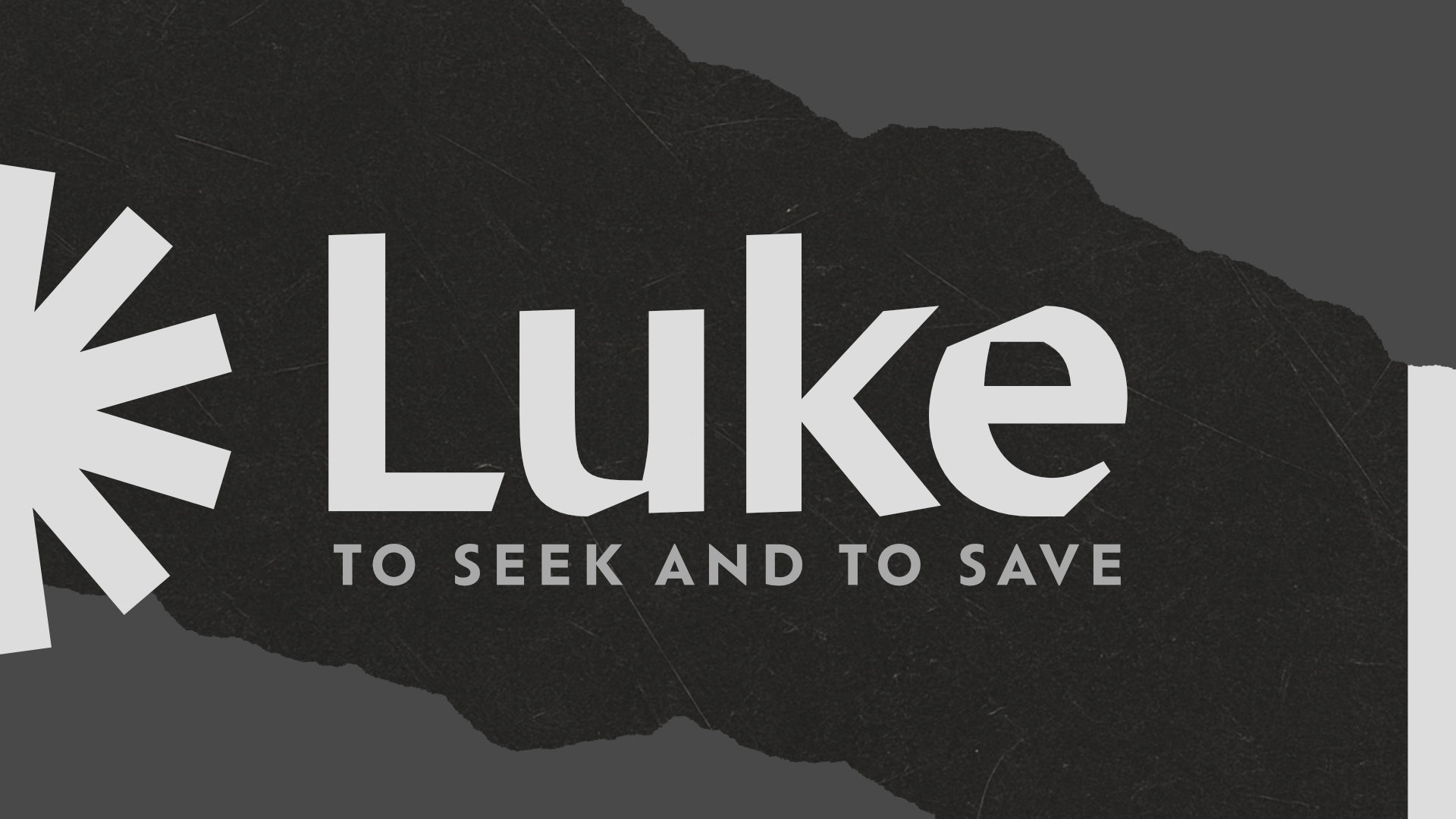The Time Between the OT and the NT (part 1)
The Time Between the OT and the NT (part 1)
In our Gospel Groups we have been studying through the Old Testament, but at the beginning of March we started looking at the New Testament. What happens between the two testaments? Nick Jefson has compiled some important information to give us a context for the activities that transpired between Malachi and Matthew. In Part 1 we will look at the Political Developments, and in Part 2 we will look at the Religious Developements.
The end of the Old Testament (chronologically) leaves the reader in an interesting place. The Jews had just returned from exile and were beginning to rebuild the city of Jerusalem and the Temple. Reforms were made to call the Jewish people back to faithfulness concerning the Law of the Lord. Throughout the Old Testament, God had regularly spoken to His people through prophets and priests and kings. However, after the people of Israel return to their home and begin to rebuild, God becomes silent. He does not send a prophet or a mighty king to speak in His Name. Rather, there is a 400-year gap where no divine word is given. However, even in the midst of silence, God remains sovereign and orchestrates things for His glory. There are two aspects that are helpful to look at when considering the time in between the testaments: political developments and religious developments.
POLITICAL DEVELOPMENTS
Over the 400 yeas between the Old and New Testaments, there was a massive shift in power in the middle east. Persia rose to power first, conquering Babylonia and the surrounding region. Under this regime, the Jews were allowed to return to Jerusalem and rebuild their city and temple. This was the homecoming outlined in the Old Testament books of Ezra and Nehemiah. There was also a remnant of Israelites that stayed in the area of their captivity, although they were no longer forced to stay, and this history is recorded in the book of Esther. The Persians were eventually overthrown by one of the most powerful and militarily efficient rulers, Alexander the Great. His Grecian empire spanned the majority of the known world. In a little over a decade, the armies of Alexander had completely overtaken the area once ruled by the Persians in addition to extending power in Greece and even Egypt. Alexander’s sudden death in 323 BC left a vast empire to be divided among several leaders in the Grecian government. This led to power struggles over certain territories – including Palestine. For a little under 200 years, Palestine remained under Greek control.
This led to the important development of the Hellenization of the Jewish people. This influence of Greek culture left its enduring mark on the culture interestingly reflected in the theological/religious developments within the Jewish community. In 142 BC, the revolution started by the Maccabees triumphed over the Greek rulers and Judea became a free nation for the first time since before the exile. While a dynasty was put in place, the development during this time was particularly religious. It is during this period of time (142-63 BC) that we see this rise of the Pharisees, Sadducees, and Essenes. These various religious groups helped to develop the robust religious scene encountered in the life and ministry of Jesus as recorded in the Gospels. Finally, in 63 BC, the Roman armies, led by Pompey, overtake the city of Jerusalem and the area of Palestine officially becomes part of the Roman Empire. Rome ushered in an era of peace (Pax Romana) and provided a uniquely advantageous culture in which Christianity would spread like wildfire. This included the common language of Greek that was shared across the empire, the efficiency of the Roman roads and other infrastructure, and safety within the borders of the empire.
559 – 300 BCPersian Rule over the Jewish people. They are allowed to return to Jerusalem and build the temple and the city again. Esther, Ezra, and Nehemiah are active during the first part of Persian rule (until about 400 BC).336 – 323 BCAlexander the Great (at the age of 20) rises to power in Greece and conquers most of the known world.332 BCAlexander the Great defeats the Persian armies and takes control of Palestine.323 BCAlexander the Great dies unexpectantly at the age of 33.323 – 301 BCStruggle for control over Palestine in the division of the Hellenized world following Alexander the Great’s death.301 – 200 BCPtolemaic Rule in Palestine200 – 142 BCSeleucid Rule in Palestine142 – 63 BCJudea is free for the first time since the exile. The people are ruled by the Hasmonean Dynasty (a family of Jewish decent) that resulted from the efforts of the Maccabean Revolutionaries.63 BCPompey overcomes Jerusalem; Roman rule begins.
Figure 1.1. The Palestinian area underwent several shifts in power over the 400 years between the Testaments. This resulted in several key advancements including the Jewish inhabitation of the Holy Land, the Hellenization of the region, and the Pax Romana.
References
Thomas V. Brisco (2012). Holman Bible Atlas. B&H Publishing Group. Chapters 13-15. Retrieved from https://app.wordsearchbible.com





























